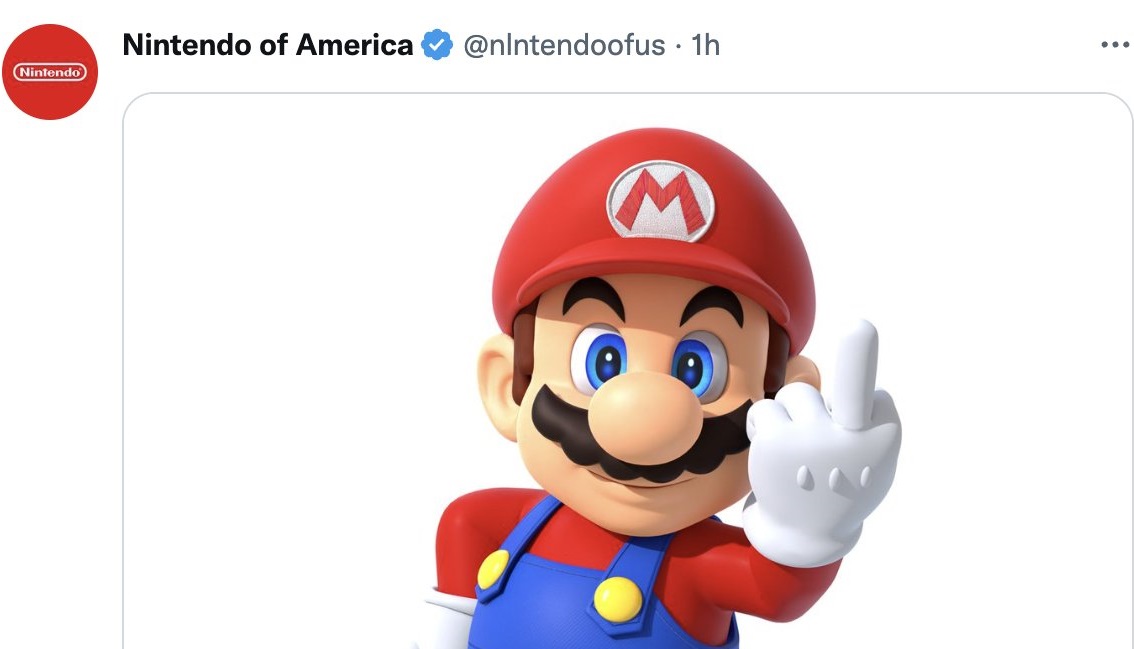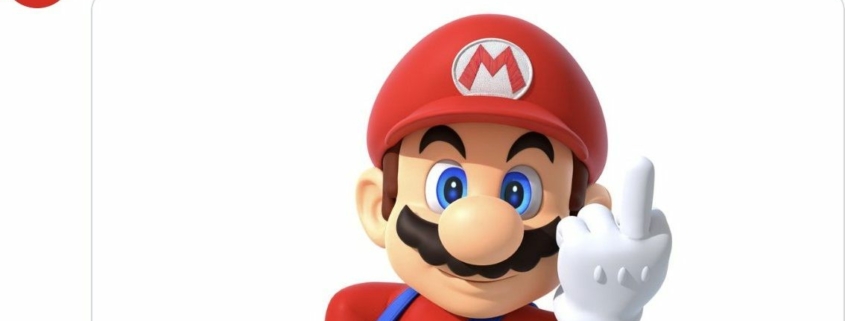After two days of April Fools’, you can’t pay $8 to impersonate Nintendo on Twitter anymore (at least for now)

Upon taking control of Twitter, Elon Musk, a guy you may have heard of, made some interesting changes to how the platform works, specifically when it comes to making sure people are who they say they are. I’m going to try and outline what those changes are, and the effects they’ve already had.
It’s very easy to lie on the internet, and sometimes that can be really funny. At other times it’s a form of harassment or even political sabotage. Twitter introduced the “verified” badge several years ago in order for public officials, celebrities, and media outlets to denote their official accounts on the platform.
Like in most areas of public life, this became another battlefield of the culture war, with “blue checks” painted as out-of-touch liberal elites lording over yeomen, unverified posters. There may be a grain of truth to this interpretation, but instead of investing myself too much in the issue, I’ve formed meaningful relationships with peers and colleagues and pursued hobbies that fulfill me like lifting weights and playing videogames.
Musk, however, seems really into the whole blue check thing, previously stating (opens in new tab) that “Twitter’s current lords & peasants system for who has or doesn’t have a blue check is bullshit. Power to the people! Blue for $8/month.” After delaying the rollout due to the United States midterm elections, seemingly understanding the potential for danger and impersonation, Twitter gave paying subscribers to its “Blue” premium service a verified check like the one previously only granted after a review.
Now, only two days after adopting the new system, users on Twitter are unable to access Twitter Blue and pay for verification. The Verge (opens in new tab) postulates that Twitter is having difficulty fulfilling its basic functions and maintenance following the mass firing of employees after Musk took control of the company. Meanwhile, Platformer reporter Zoë Schiffer (opens in new tab) states that internal Twitter communications reflect a deliberate effort to curb the impersonation crisis that’s sprung up on the platform.
Mario.
The gaming world got a positively sublime first look at what this alternate system can offer. A verified account with the tag @nIntendoofus and the display name (far more easily changed and not reserved) “Nintendo of America” tweeted out a high-quality render of Mario flipping the bird at the viewer, here preserved by Bloomberg reporter Jason Schreier (opens in new tab).
Meanwhile, verified @valvesotfware (notice the misplaced “t” and “f”), tweeted a fake announcement of a new “multiplayer platform” from the creators of Half-Life and Steam (thanks to New Blood CEO Dave Oshry (opens in new tab) for preserving the evidence). Twitter itself is not immune, with a verified account, @SzAt_0, “Twitter,” drawing a large amount of attention for what looks like a crypto phishing link. Reporter Alex Goldman (opens in new tab) saved that one for posterity before it could face the ban hammer.
Can’t imagine why all the advertisers are pulling out of Twitter lmao pic.twitter.com/pg55WXkxhSNovember 9, 2022
All of these accounts were swiftly banned, but again, they drew tons of views first. It is possible to click on a verified badge to determine whether it was purchased or granted because they’re a notable person or official company account , but that’s like reading the fine print in an EULA. Who the hell does that? You could always opt for this Chrome extension developed by Walter Lim that differentiates paid and conferred verification badges in the browser, but I remember a time when Twitter itself just sorted this out for you.
Ne’er do wells
As the Twitter crypto scam shows, there are some genuinely frightening ways to abuse this overnight erosion of trust. Until someone gets really hurt though, we should keep in mind what matters most: this is all very, very funny. I’ve collected some of my favorite fake-outs of the past few days here:
As reported by Forbes (opens in new tab), pharmaceutical company Eli Lilly had to go on the record that it will not provide free insulin after a prankster verified as “@EliLillyandCo” declared, “We are excited to announce insulin is free now.” Diabetes patients require the compound in order to survive, and the Mayo Clinic (opens in new tab) reports that “the average American insulin user spent $3,490 on insulin in 2018 compared with $725 among Canadians.” It brought me no end of delight to see the pharma corp proverbially tugging at its collar over the unwanted attention.
Corporations and such are going to be so happy that Elon is trying to make money messing with their money.And these are high profile. What if someone fakes a mid-level business, organization, or journalist? The speed of the bans will be much slower. pic.twitter.com/FyR8tZrBy8November 9, 2022
FanByte staff writer M.H. Williams (opens in new tab) shared these images including the Nintendo and Valve tweets, but also a fraudulent LeBron James announcing his departure from the Lakers, as well as a false ESPN contributor revealing an NFL coaching shakeup.
Journalist and Jakarta Method (opens in new tab) author Vincent Blevins (opens in new tab) was encouraged by Twitter’s algorithm to follow Aaron Sorkin, creator of The West Wing. Only… that’s not Aaron Sorkin! It’s @AaronSorkin69, some manner of digital raconteur masquerading as the prolific writer of stage and screen. I’m sure the real Aaron Sorkin is on speaking terms with his children.
With Twitter Blue’s hiatus the fun has ended for the moment, but it’s impossible to tell where this will all go next. Although the least-trafficked of the major social media platforms, Twitter has been an essential outlet for businesses, reporters, artists, and comedians trying to reach the widest possible audience. One need only look at the examples of Tumblr and Myspace to see previously ubiquitous social media platforms left by the wayside after poor management decisions.
Source link




